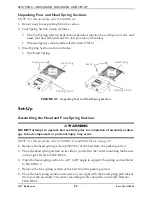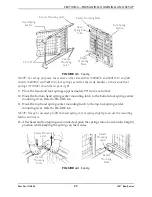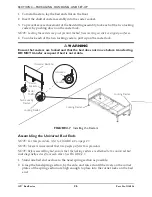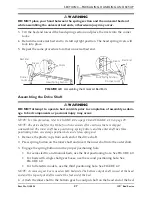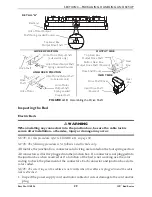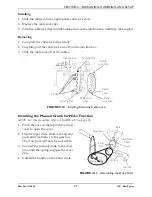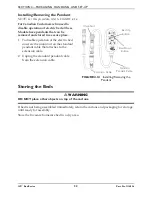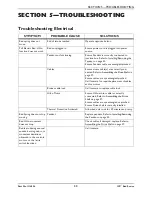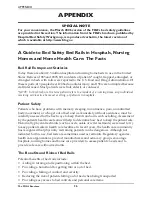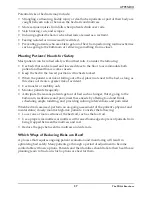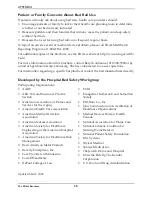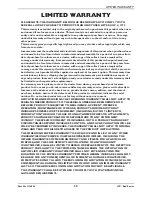
APPENDIX
The FDA’s Brochure
36
APPENDIX
SPECIAL NOTE
For your convenience, the March 2006 version of the FDA’s bed safety guidelines
are provided in this section. The information from the FDA’s brochure, published by
Hospital Bed Safety Workgroup, is reproduced verbatim, the latest revision of
which is available at http://www.fda.gov.
A Guide to Bed Safety Bed Rails in Hospitals, Nursing
Homes and Home Health Care: The Facts
Bed Rail Entrapment Statistics
Today there are about 2.5 million hospital and nursing home beds in use in the United
States. Between 1985 and 2005, 691 incidents of patients* caught, trapped, entangled, or
strangled in beds with rails were reported to the U.S. Food and Drug Administration. Of
these reports, 413 people died, 120 had a nonfatal injury, and 158 were not injured because
staff intervened. Most patients were frail, elderly or confused.
*NOTE: In this brochure, the term patient refers to a resident of a nursing home, any individual
receiving services in a home care setting, or patients in hospitals.
Patient Safety
Patients who have problems with memory, sleeping, incontinence, pain, uncontrolled
body movement, or who get out of bed and walk unsafely without assistance, must be
carefully assessed for the best ways to keep them from harm, such as falling. Assessment
by the patient’s health care team will help to determine how best to keep the patient safe.
Historically, physical restraints (such as vests, ankle or wrist restraints) were used to try
to keep patients safe in health care facilities. In recent years, the health care community
has recognized that physically restraining patients can be dangerous. Although not
indicated for this use, bed rails are sometimes used as restraints. Regulatory agencies,
health care organizations, product manufacturers and advocacy groups encourage
hospitals, nursing homes and home care providers to assess patients’ needs and to
provide safe care without restraints.
The Benefits and Risks of Bed Rails
Potential benefits of bed rails include:
• Aiding in turning and repositioning within the bed.
• Providing a hand-hold for getting into or out of bed.
• Providing a feeling of comfort and security.
• Reducing the risk of patients falling out of bed when being transported.
• Providing easy access to bed controls and personal care items.

